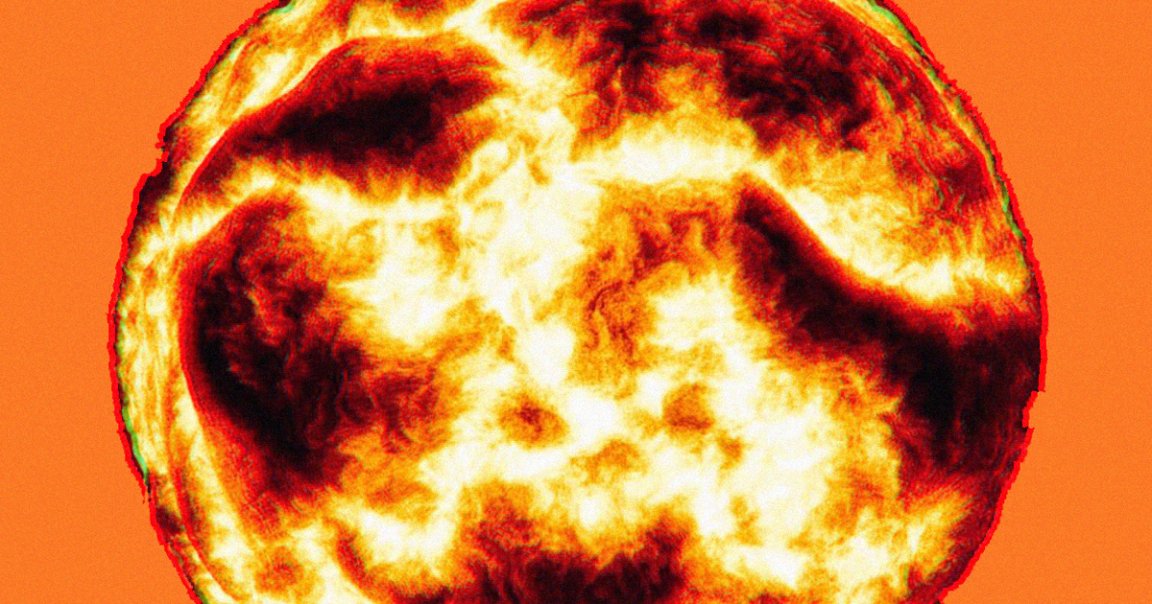
For years, astronomers have speculated that the red supergiant star Betelgeuse, in the Orion constellation, was about to explode in a supernova, a rare event so close to home.
But such an event could still be a long way off, according to new research by a team of researchers at The Australian National University. In fact, we may have been wrong about both Betelgeuse’s mass and its distance from Earth as a result.
“It’s normally one of the brightest stars in the sky, but we’ve observed two drops in the brightness of Betelgeuse since late 2019,” Meridith Joyce, lead author of the paper published in The Astrophysical Journal this week, said in a statement.
“This prompted speculation it could be about to explode,” she added. “But our study offers a different explanation.”
As stars approach the later stages of their evolution, some of them — depending on their mass — balloon into extremely hot supergiants, burning off their outer layers through fusion reactions and depleting their hydrogen fuel. When the core collapses, it explodes in a supernova and forms an extremely dense and much smaller neutron star.
Astronomers believe Betelgeuse is such a red supergiant, with its brightness dipping as its slowly dying over hundreds of thousands of years, closing in on a supernova event.
But such a spectacle may still be a long way off. The Australian team found that the two dips in brightness were caused by first by a dust cloud and then by pulsations, expansions and contractions of the outer layer of the star as struggles to maintain its shape.
They analyzed these dips in light more closely using hydrodynamic and seismic modelling to figure out if Betelgeuse was on its death bed or not.
What they found was that pressure waves were the cause of the pulsations. In other words, Betelgeuse is not in its death throes.
“It’s burning helium in its core at the moment, which means it’s nowhere near exploding,” Joyce said, referring to the fact that it still has plenty of fuel to burn before running out and triggering a core collapse. “We could be looking at around 100,000 years before an explosion happens.”
This means the team was able to go back to the drawing board to calculate its mass.
“The actual physical size of Betelgeuse has been a bit of a mystery — earlier studies suggested it could be bigger than the orbit of Jupiter,” co-author Dr László Molnár from the Konkoly Observatory in Budapest said in the statement. “Our results say Betelgeuse only extends out to two thirds of that, with a radius 750 times the radius of the sun.”
Now that they had the mass, they were able to infer how far the star is from us.
“Our results show it’s a mere 530 light years from us — 25 per cent closer than previous thought,” Molnár said.
READ MORE: Supergiant Betelgeuse smaller, closer than first thought [Australian National University]
More on Betelgeuse: Giant Star Betelgeuse May Have Eaten a Smaller Companion